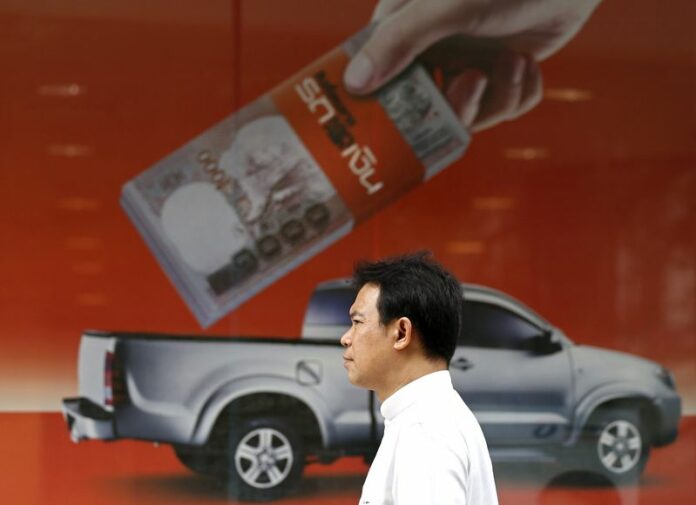
MANILA (DPA) — Developing Asia will show strong economic growth this year and 2016, but an impending rise in US interest rates may require monetary responses to maintain stability, an Asian Development Bank report said Tuesday.
The region's gross domestic product is expected to grow 6.3 per cent in both 2015 and 2016, the same as last year, the Manila-based bank said in its annual Asian Development Outlook report.
"Developing Asia is making a strong contribution to global economic growth," the bank's chief economist Shang Jin Wei said.
"Falling commodity prices are creating space for policymakers across the region to cut costly fuel subsidies or initiate other structural reforms," he said. "This is a key opportunity to build frameworks that will support more inclusive and sustainable growth in the longer term."
But the report warned that reversals in "otherwise supportive environment" could dampen growth in the region.
"If China falters as it adjusts to its new normal, or if India reforms less decisively than anticipated, their slower growth could spill over to others in developing Asia," it said.
Outside the region, the Greek debt crisis and the deepening recession in Russia may also have consequences to the region, the report said.
"The impending rise in US interest rates may reverse capital flows to the region, requiring monetary responses to maintain stability," it added. "Finally, the benefits flowing from the low price of crude oil could evaporate if geopolitical tensions push it sharply higher."
Growth in China was expected to moderate to 7.2 per cent in 2015 and 7 per cent in 2016 as the government continues to implement structural reforms, which would further slow investment down, the report said.
The growth rates are lower than the average 8.5 per cent expansion for the Chinese economy in the period since the global financial crisis, it added.
Amid the cooling of China's economy, India is expected to overtake it in terms of growth "as the initial phase of government efforts to remove structural bottlenecks is lifting investor confidence," the report said.
India's economy is projected to expand 7.8 per cent in the fiscal year 2015, up from 7.4 per cent in 2014. The growth rate is expected to further pick up in the fiscal year 2016 when it is forecast to rise to 8.2 per cent.
Across the sub-regions, economic growth in East Asia will slow to 6.5 per cent in 2015 and 6.3 per cent in 2016, down from 6.6 per cent in 2014, amid the moderation in China.
South Asia's economy is predicted to grow faster at 7.2 per cent in 2015 and 7.6 per cent in 2016, reflecting the strong performance anticipated in India, the report added.
South-East Asia is poised for a growth rebound after the sub-region's growth fell to 4.4 per cent in 2014. The area's economy is expected to expand 4.9 per cent in 2015 and 5.3 per cent in 2016.
The report stressed the need for developing Asia to deepen reforms in banking and capital markets as well as to ensure greater access to financing for growth and equity in the region.
"Improving the efficiency of the banking sector and capital market can boost investment productivity and innovation," Wei said.
"Reducing the dominance of state-owned financial institutions and developing local currency bond markets are some of the important steps needed in promoting financial development," he said.
You can also find Khaosod English on Twitter and Facebook
http://twitter.com/KhaosodEnglish
http://www.facebook.com/KhaosodEnglish









































